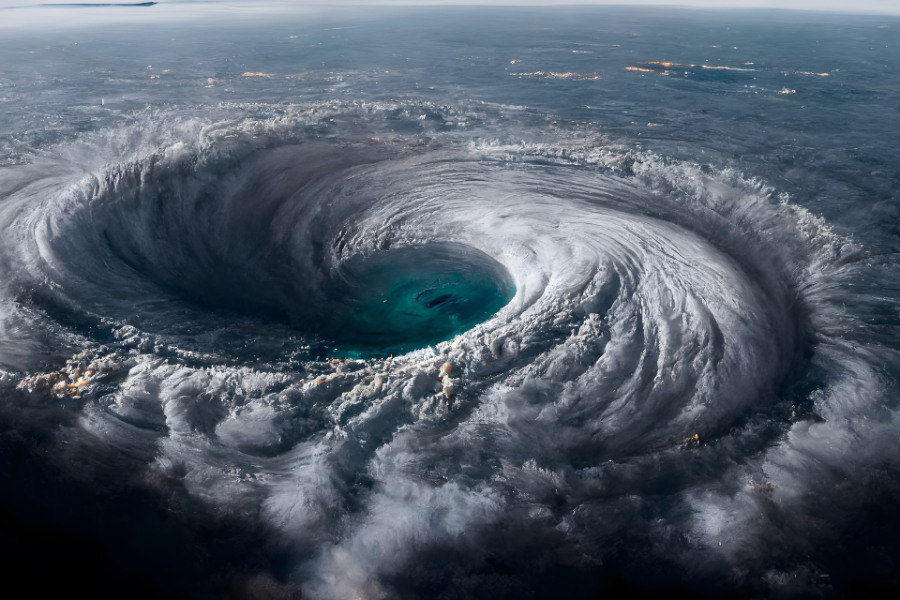When hurricane season approaches, it brings not only a surge of severe weather events but also unique investment opportunities. Investors who understand the dynamics of this season can position their portfolios strategically to manage risks and leverage potential rewards. Key sectors such as energy, construction, and insurance can become especially relevant during this time. This guide explores how to invest thoughtfully before and during hurricane season to potentially optimize returns.
Understanding Hurricane Season’s Impact on Investment Choices
Typically, the Atlantic hurricane season spans from June 1 to November 30, peaking between mid-August and late October. These storms tend to concentrate around coastal areas like the Caribbean, Gulf of Mexico, and the Eastern U.S. While hurricanes cause substantial damage to infrastructure and disrupt daily life, they also affect specific industries in notable ways.
Key Sectors Impacted by Hurricanes
Several sectors show significant movement in response to hurricane season, making them potential targets for investment:
- Insurance: The insurance industry faces increased claims and potential losses, which can lead to adjustments in premiums and the adoption of reinsurance strategies. Insurers with strong reinsurance practices are better equipped to handle the increased claims.
- Construction and Home Improvement: Post-storm repairs and rebuilding drive demand for construction materials and services, benefitting companies in these sectors. Businesses like Home Depot and Lowe’s often see higher sales during hurricane season as consumers seek repair materials.
- Energy: The energy sector, particularly oil and gas production in hurricane-prone areas like the Gulf of Mexico, often experiences volatility during storms. This can lead to temporary supply disruptions, potentially driving up energy prices.
- Logistics and Retail: Retailers might face disrupted supply chains and an uptick in demand for essentials. Similarly, logistics companies involved in delivering aid and supplies post-disaster often see increased activity.
Market and Economic Reactions to Hurricanes
Historically, hurricane events lead to short-term volatility in affected markets, especially in energy stocks due to production halts and increased fuel demand. The insurance sector also tends to experience temporary shifts in stock prices as it adjusts to the influx of claims and potential premium recalibrations.
Strategic Investment Approaches for Hurricane Season
Investors can use several strategies to navigate the complexities of hurricane season:
| Strategy | Description |
| Moderate Investment | Approach cautiously by balancing potential risks and rewards, considering the uncertainties brought by natural disasters. |
| Sector Selection | Focus on sectors expected to experience increased demand, like home improvement, construction, and logistics. |
| Specific Stock Targets | Identify stocks with a history of resilience during hurricane season, or those poised to benefit from recovery efforts. |
| Broad Sector ETFs | Consider disaster-related ETFs, such as those focusing on construction, energy, or infrastructure, to diversify exposure. |
Potential Investments to Watch During Hurricane Season
- Home Improvement Stocks: Companies such as Home Depot and Lowe’s frequently see sales spikes as people prepare for or recover from storms. These stocks may perform well during and immediately after the hurricane season.
- Construction and Rebuilding Stocks: Construction firms often experience increased demand in the wake of storms, given the need for rebuilding and repairs.
- Energy Firms Specializing in Disaster Recovery: Energy companies that specialize in disaster response or recovery in hurricane-prone areas can be strong candidates.
- ETFs Focused on Disaster Recovery: ETFs like Invesco Dynamic Building & Construction ETF (PKB) may provide diversified exposure to sectors that benefit during hurricane season without the need to choose individual stocks.
Key Considerations for Investors as Hurricane Season Approaches
- Timing Investments: Begin assessing and positioning investments from late spring onward to stay ahead of potential storms. Weather forecasts and early-season predictions can help guide decision-making.
- Balancing Risk and Reward: Diversification remains essential. While hurricane-sensitive stocks can be rewarding, balancing these with stable assets like utilities or infrastructure companies can help manage volatility.
- Regional Sensitivity: Companies operating primarily along the Gulf Coast or Eastern Seaboard face higher storm risks, while larger, geographically diversified firms may be less affected by local disruptions.
Conclusion
Investing ahead of hurricane season requires a nuanced strategy. By focusing on industries that see heightened demand—like construction, home improvement, and energy—investors can align their portfolios with seasonal patterns. Timing is also critical; establishing positions before the season’s peak can position investors to capitalize on expected shifts. Balancing hurricane-sensitive sectors with diversified investments can mitigate risks, offering resilience and potential growth even during volatile conditions.
Unleashing tomorrow’s trends today at Evolve To Future.
